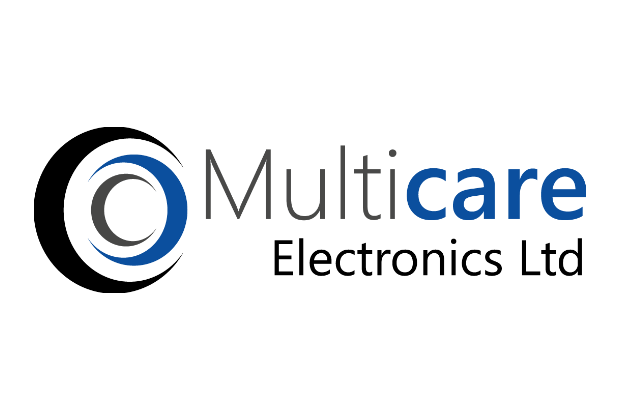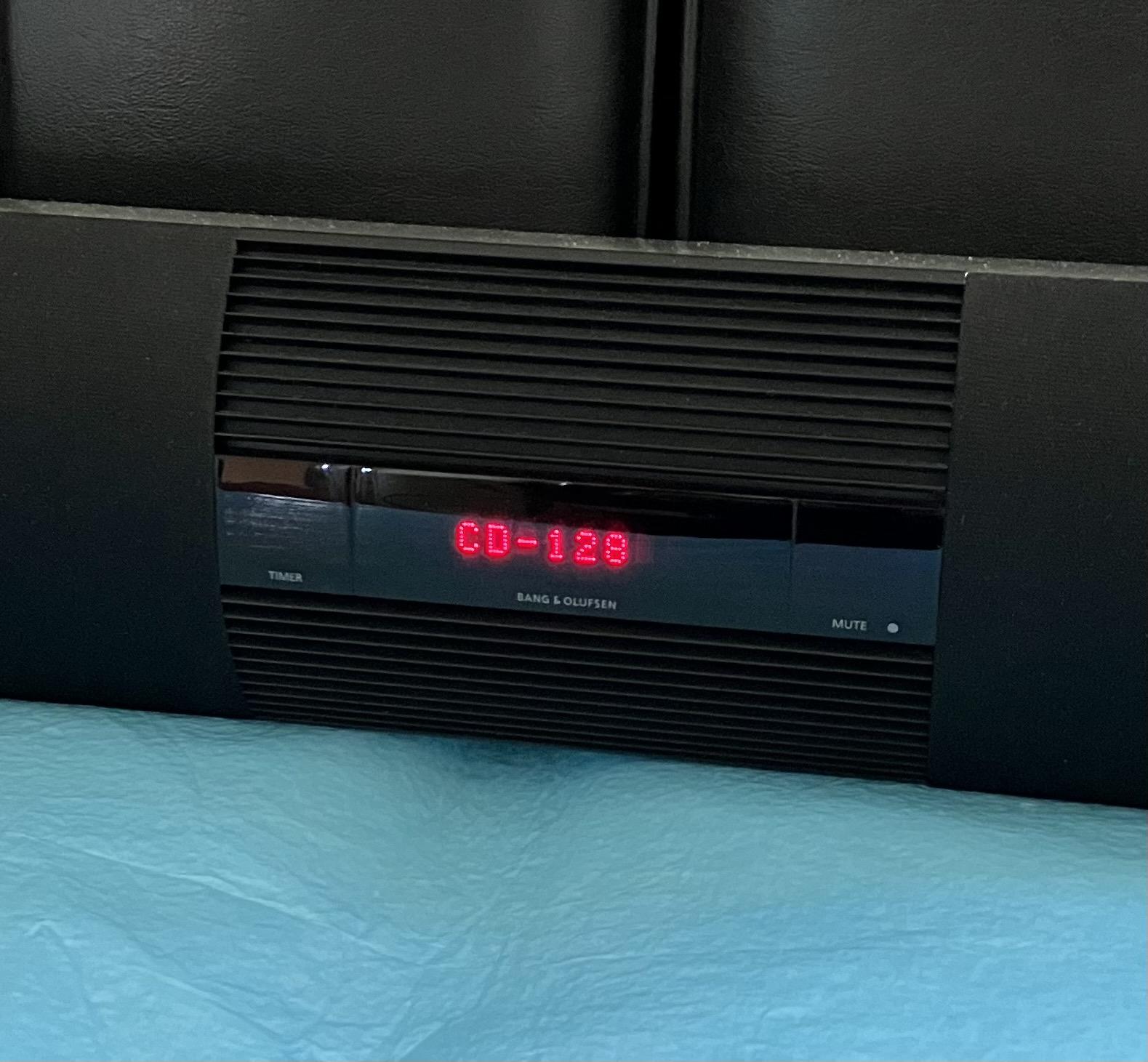Home › Forums › Product Discussion & Questions › BeoLink › MasterLink USB adapter
- This topic has 76 replies, 19 voices, and was last updated 11 months, 2 weeks ago by
Behrad Moini.
-
AuthorPosts
-
10 January 2024 at 06:53 #51012
B3OHACK3R
BRONZE MemberCan this device serve as an audio master in a ML circuit?
Yes, it can. Audio master, video master, masterlink gateway, source center or slave device. So pretty much anything.
I ask as it seems a far more elegant solution that an Airport Express plugged into the Aux-In socket of an Audio Master (eg Beosound 9000).
Exactly. It feels a lot more mature than a simple streamer connected to the aux port.
A BS9000 with a recent enough firmware can handle N.Music / N.Radio sources. When activated from the BS9000 it will request those sources on the ML bus (“source center” application). The source center device will receive all commands from the BS9000 and can also control the BS9000. Like switching it on or off once your started/stopped the audio stream and also provide metadata which is then shown on the BS9000 display.
10 January 2024 at 11:11 #51008Madskp
GOLD Member
@Madskp: from my Linkplayer experience: • BS3000 displayed, on activation, that the source was either N.RADIO or N.MUSIC. It then displayed the song and the author via horizontally scrolling displayed; or, the radio station and the song. • BL3500 only displayed N.MUSIC or N.RADIO; no additional data was displayed.Thanks for clarifying this. Also explains why user Matador never got the BL3500 showing Metadata in a BL3500 when he was playing with the Beoport and LInkplayer software earlier this year.
Location: Denmark
10 January 2024 at 11:43 #51009As an aside, an example of BL3500 displaying something different , albeit not metadata. When my BL3500 was connected to Beoport and PC computer, selecting/playing the PC’s CD from the BL3500 would display this: (and it wouldn’t display CD track number)
Location: Warwickshire, UK
My B&O Icons:
10 January 2024 at 12:28 #51010B3OHACK3R
BRONZE Member@Madskp: from my Linkplayer experience: • BS3000 displayed, on activation, that the source was either N.RADIO or N.MUSIC. It then displayed the song and the author via horizontally scrolling displayed; or, the radio station and the song. • BL3500 only displayed N.MUSIC or N.RADIO; no additional data was displayed. The scrolling abilities of BS3000 avoided the cut-off titles shown on the BeoCenter 2 video included above.
Great, thanks for sharing that info! That’ also what I’m seeing here. I thought the laster versions of BL3500 might have introduced metadata – but probably not.
BTW the version of my metadata code I was using for the video would limit the string to 15 letters before sending it to ML. Still have to remove that.
I think BC2 also supports scrolling. At least I have seen that while experimenting.10 January 2024 at 18:33 #51011pestria
BRONZE MemberCan this device serve as an audio master in a ML circuit?
Or is there any other way that one device can feed into multiple master link products?
I ask as it seems a far more elegant solution that an Airport Express plugged into the Aux-In socket of an Audio Master (eg Beosound 9000).
Thanks
10 January 2024 at 19:27 #51013pestria
BRONZE MemberThanks so much for the prompt reply – it looks a great piece of kit.
From a practical point of view, how do you connect into the ML network – I assume instead of ML plug you wire into a connector box?
In terms of signal input I’d ideally use (an old unused) iMac – would that work?
I have a Beosound 9000 version 1 master, which doesn’t support N.Music or N.Radio – is there any other way that these type of services can be accessed off the music source (ie iMAc in this case)?
If all the above works, I’d order one tomorrow!
10 January 2024 at 22:10 #51014B3OHACK3R
BRONZE MemberFrom a practical point of view, how do you connect into the ML network – I assume instead of ML plug you wire into a connector box?
I made this little ML RJ45 adapter you can see on this picture here. You can directly plug it directly into an ML device and then use a standard RJ45 cable for connecting it to the interface board. If you have a ML system with several linkrooms connected then either solder an ethernet cable onto the bus at a convenient location or if you are lucky to have one of those old ML distribution boxes just plug in the little adapter from the picture above. Alternatively you can also wire everything with RJ45 – I made a passive RJ45 hub for joining 6 ML devices.
In terms of signal input I’d ideally use (an old unused) iMac – would that work?
The title of this thread is not exactly matching anymore. While it still relies on a USB connection for the ML communication, it was later made compatible with a Raspberry Pi single board computer. You just attach the ML interface board to it. You can then run any software you’d like. There are some very well working community implementations for AirPlay, Spotify Connect, etc. available.
I have a Beosound 9000 version 1 master, which doesn’t support N.Music or N.Radio – is there any other way that these type of services can be accessed off the music source (ie iMAc in this case)?
For those units the theory is setting it to Option 2 (TV speakers connected to BS9000) and let the ML interface board act as a video master. So you can then use TV/SAT/DTV/etc. for streaming through the BS9000. It should work but haven’t tested it yet.
If all the above works, I’d order one tomorrow!
Not yet available! Should have some stock in around 2 weeks. Also please be prepared to fiddle a bit with the software. I’m using it daily and it works really reliable but the initial setup requires some very basic software “tinkering” skills. Already wrote an nice documentation for it but it’s not the typical plug-n-play product.
11 January 2024 at 10:45 #51015Quick question: If the device is set up as an audiomaster and connected to an ML equipped B&O TV in V.OPT 2, will the TV show audio metadata if the screen is unmuted/turned on?
(I am not sure if this was ever tested during the linkplayer experiments)
Location: Warwickshire, UK
My B&O Icons:
11 January 2024 at 11:50 #51016B3OHACK3R
BRONZE MemberQuick question: If the device is set up as an audiomaster and connected to an ML equipped B&O TV in V.OPT 2, will the TV show audio metadata if the screen is unmuted/turned on?
No, I don’t think so.
I mean, you could connect it via HDMI as well and use the PC source for that. Like it was done with BeoMedia 1 / BeoMaster 5. Remote commands / key strokes you can read out via ML – then it’s just about a matching UI.12 January 2024 at 10:04 #51017B3OHACK3R
BRONZE MemberRemote commands / key strokes you can read out via ML
Just implemented this with the Masterlink adapter.
So when using MDT in that mode it can receive all remote key strokes via ML – otherwise you are limited to “light” and “control” commands. Practical example: LG OLED connected to BSys3 via S/PDIF and you want to control everything via Beo4. The BS3 “TV” source is set up for BeoMaster 5 control. MDT is set up for emulating a BeoMaster5 and translating all ML input to LG IP commands. You can simply press TV on the Beo4 – the LG switches on and you can control all functions of it via Beo4.
In that setup also a BC2 is connected to the ML. At the same time MDT will act as a “source center” (n.radio / n.music server) in parallel. You can send an AirPlay / Bluetooth / Spotify steam to it from your phone. The BC2 is automatically switches on and showing the song metadata. Sound is coming through speakers that are connected to the BS3. You can use the Beo4 for controlling playback. Stop the stream from your phone and everything turns off automatically.
I think that ticks pretty much ticks every box you’d expect from a modern system.
21 January 2024 at 21:28 #51018B3OHACK3R
BRONZE MemberCreated a little documentation website over here. Still in early stage but already covers the most important things. https://mdt.polyvection.com/
Also there here a few software examples. https://gitlab.com/masterdatatool/software22 January 2024 at 03:35 #51019XavierItzmann
BRONZE MemberThat’s a very polished website!
Best of luck with sales + customers.
1 February 2024 at 18:14 #51020B3OHACK3R
BRONZE MemberThat’s a very polished website! Best of luck with sales + customers.
Thanks, happy that you like it. 🙂
BTW there is some stock now. If you are interested please see the link above and let me know there.
I will also do some kind of unboxing and getting started video soon.
3 February 2024 at 19:02 #51021Luc
BRONZE MemberI join the enthusiasm and find this an exciting product and an impressive website!
Unfortunately I’m not such an expert in electronics and a lot sounds like Chinese for me 🙂
So I stay with some ’simple’ questions:- related to the ML-RJ45 adapter and the ethernet cables: can these fully replace a ‘normal’ MasterLink network, or is this just for the MasterDataTool functionality?
- I have BS9000 with BS5/BM5 as N.RADIO/N.MUSIC source => how to activate the BS5/BM5 and the MasterDataTool separately?
- I also have some ‘link rooms’ => how to activate the MasterDataTool there?
Sorry if all this should be obvious and already described in your website!
3 February 2024 at 20:46 #51022B3OHACK3R
BRONZE MemberI join the enthusiasm and find this an exciting product and an impressive website!
Great, thanks! 🙂
related to the ML-RJ45 adapter and the ethernet cables: can these fully replace a ‘normal’ MasterLink network, or is this just for the MasterDataTool functionality?
Yes, compatible with normal ML cables. You can easily use them even without the MDT.
I have BS9000 with BS5/BM5 as N.RADIO/N.MUSIC source => how to activate the BS5/BM5 and the MasterDataTool separately?
Good question. One of the setup options I haven’t looked into yet. It can easily replace the BS5 in that setup and feed the “Net” sources into the BS9000. Nevertheless when retaining the setup like that I see two possibilities right now. If you have no TV setup in your ML system – MDT could emulate that. So e.g. the BS9000 can be set up in option 2 and MDT can play and control everything via the TV source for example. Second possibility would be finding out if the BS9000 can handle the “Server” or “CD2” sources which the BS5 should not allocate. Then those could be used by MDT as well. Haven’t tested that yet.
I also have some ‘link rooms’ => how to activate the MasterDataTool there?
Again the TV source could be an easy fix here if all other sources are already reserved by the BS9000 + BS5 combo. If you have a full ML system with several link rooms in your home the MDT can also control single link devices. A scenario that I have in mind: a central MDT that runs multiple instances of the AirPlay emulator software for each linkroom. They are all appearing as AirPlay speakers then and once you selected one it will be automatically switched on. Of course the single-active-source limitation of ML will still be there.
There are many possibilities with the MDT and software will evolve and get easier to use over time. Right now it still requires at least basic software understanding for setting it up and a bit deeper insight if you want customise it for your setup.
Easy to handle out-of-the-box scenarios currently are converting standalone ML linkspeakers and ML music systems (except your mentioned combination) to AirPlay receivers.
3 February 2024 at 21:02 #51023finding out if the BS9000 can handle the “Server” or “CD2” sources
Sorry a quick thread drift question for B3OHACK3R:
Is the IR command ‘Server’ the same as ‘CD2’? I keep a list of newer Beo4 Navi commands, and had not come across ‘Server’. I have listed ‘JOIN’ as being the same command as ‘CD2’. (CD2 was avail under LIST in early Beo4s such as AV and DVD version).
Sorry for thread drift!
Location: Warwickshire, UK
My B&O Icons:
3 February 2024 at 23:20 #51024B3OHACK3R
BRONZE MemberIs the IR command ‘Server’ the same as ‘CD2’?
No, it’s different. “Server” is command “0x95” while CD2/Join is “0x97”. Then on “0x96” there is also “Spotify”.
Not sure if and how the older systems are handling those sources.
For example if you request the N.Radio source from a BC2 it will forward that request to a “source center device” (which is either a BM5 or a BM1).Gave it a quick try in that BSys3 + BC2 setup here. The BS3 knows that Server and CD2 are audio sources which it will then request from the audio master. Unfortunately the BC2 answers that this source is not available – without making a “source center” request to another device. So likely those sources cannot be used in setups with just an audio master (but with a video master I think it could work).
4 February 2024 at 11:47 #51025Luc
BRONZE MemberHow do you figure inserting in an existing ML system? It looks like there is still a ‘female’ ML-RJ45 adapter missing that you can plug onto a 16-pin Molex connector that you take out of one of your existing B&O devices. You could then reconnect it with common RJ45-ethernet cables and insert and connect your MDT via the RJ45 passive ML distributor.
Or how do you see this?
4 February 2024 at 14:13 #51026B3OHACK3R
BRONZE MemberThe female 16-pin ones are a bit problematic to source. I still couldn’t find them at Molex but TE makes a compatible part. I just recently learned that it’s called an SDL connector.
So if you have a traditionally wired ML system probably it’s best to either directly solder a RJ45 cable to an existing ML one – or use one of those legacy 6-port ML distributor boxes to chain it together.If I ever get hold of some 16-pin ML female THT connectors I can make a small adapter for that as well. Like you say, 16-pin ML on the one side, two RJ45 on the other. One of them then goes into the device you removed the 16-pin cable from while the other then connects the MDT. Let’s see…
6 February 2024 at 07:32 #51027Madskp
GOLD MemberAnother idea for a usecase for this adapter:
As systems like BC2, BS3000/3200, BS4 and BS9000 does not have datalink control of the Aux connection the adapter could be used to have tape2 and phono available via Masterlink and control connected record and tape players.
This would require the use of datalin80 on the datalink connection, but I gues that is not a limitation hardware vise
Location: Denmark
-
AuthorPosts
- You must be logged in to reply to this topic.






















